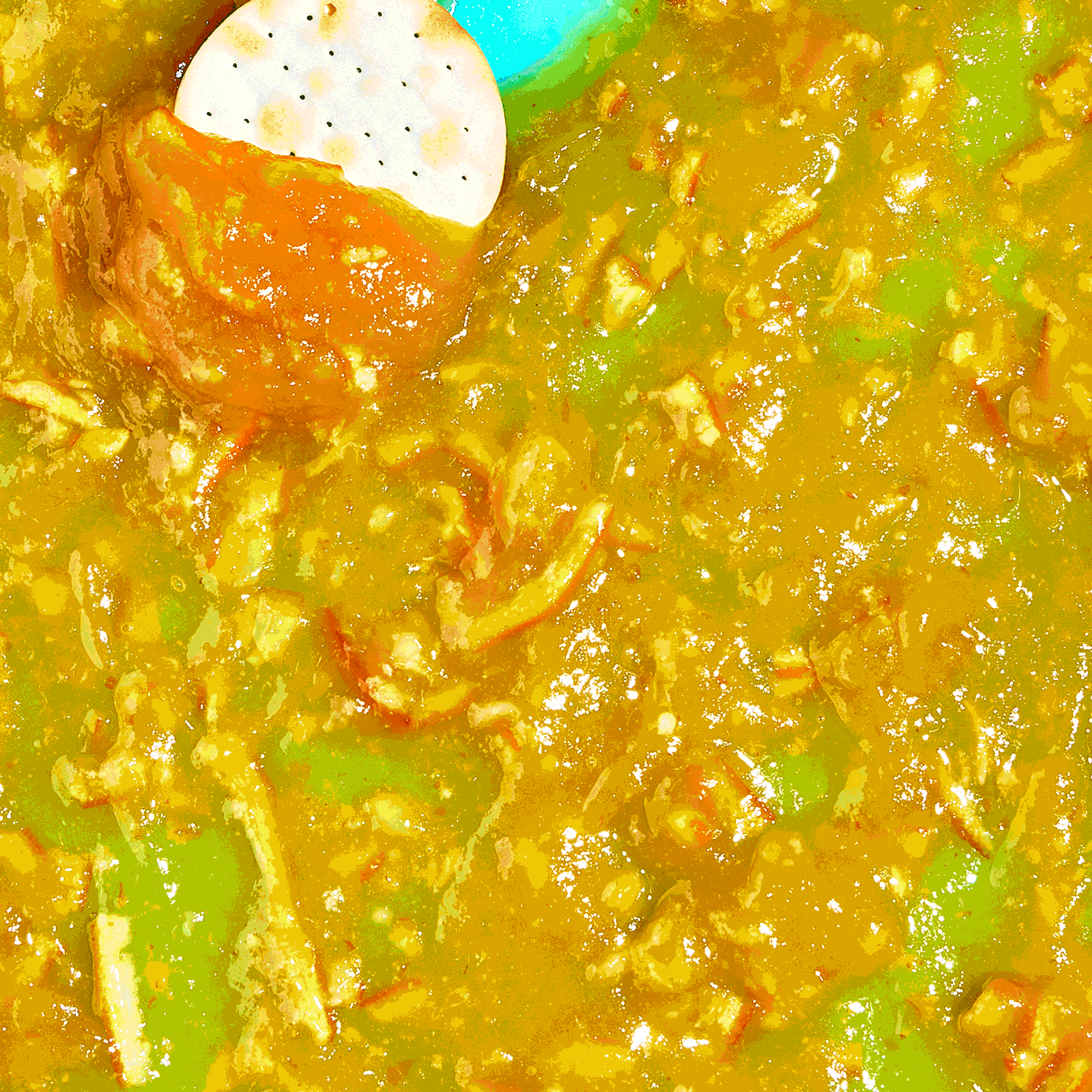Call it pure hedonism, but the second we break out the blanket for a summertime sit-down, we’re likely bringing on the booze. Whether it be a round and ripe rosé poured elegantly into plastic cups or big-batched 50/50 Martinis chilled down in a Yeti tumbler, we’re indulging. This season, though, our boozy contribution to the picnic basket comes in a jar: marmalade — an orange jelly you’ll find in nearly every home in Ireland — spiked with whiskey.
“For generations of Irish families, marmalade was a staple on every kitchen table for breakfast,” says Garry Hughes, executive chef at The Shelbourne hotel in Dublin. “It’s the perfect accompaniment to homemade Irish soda bread and salted Irish butter, which was also churned at home. The skill and tradition of making marmalade has been passed down through many generations.”
Hughes isn’t kidding about the generational importance of the condiment, especially when it comes to The Shelbourne itself. “From our records and archives, marmalade has been on our breakfast menu since the hotel opened in 1824, so almost 200 years,” he says.
While booze-free marmalade firmly has its place in the country’s culinary lexicon, adding whiskey (another Irish staple) to the traditional spread isn’t just a means of spicing up an old recipe. It also serves the elegant purpose of elevating flavor profile.
“The alcohol acts in the same way as acidity does, cutting through the sweetness and thus balancing the flavor,” says JP McMahon, chef, author, and symposium director of Food on the Edge. “[And as] the whiskey has been aged, it adds complexity to the end product.”
When it comes to preparing marmalade, Hughes is partial to the more bitter and slightly sour Seville orange for the ideal twang.
“They’re in season from December to January, so you should plan to make a large batch to get you through the year,” he explains. If you don’t care to wait for Seville season, seek out navel oranges that aren’t overly sweet. The good news is that you can play it a little looser when it comes to selecting your spirit.
“There are so many options to choose from. You could use Scotch or bourbon, but in Ireland, it must be Irish whiskey. My favorite is Green Spot,” Hughes says.
Prepare a big batch using the recipe below and you’ll likely find no shortage of uses for the sweet spread. It’s obviously perfectly suited for slathering on scones or filling tarts, but can also serve as a citrusy filling for a layer cake or the new star of your park picnic’s cheese plate. For a savory twist, McMahon recommends adding the stuff to meat glazes, marinades, or sauces, and notes that its orange flavor pairs especially well with duck. And if you want to extend its life into cocktail hour and beyond, shake some into a Breakfast Martini or place a bar spoon’s worth comme ça atop a Gin & Jam.
Whiskey Marmalade
Ingredients:
- 4 ½ pounds Seville oranges
- 3 liters water
- Juice of 3 lemons
- 6 ½ pounds preserving sugar
- 3 tablespoons maple syrup
- 3 3/10 ounces Green Spot Whiskey
Directions:
- Wash oranges, then boil them whole with lemon juice and sugar for three hours while mixing.
- Allow oranges to cool, then remove pulp from the oranges and blend. Chop up orange peels.
- Add pulp and peels to a pot with maple syrup and Green Spot. Mix and boil for 10 minutes.
- Pour into sterilized jars, then place the jars in an ice water bath to reduce the temperature below 41 degrees Fahrenheit. Cover securely and place in the fridge.
